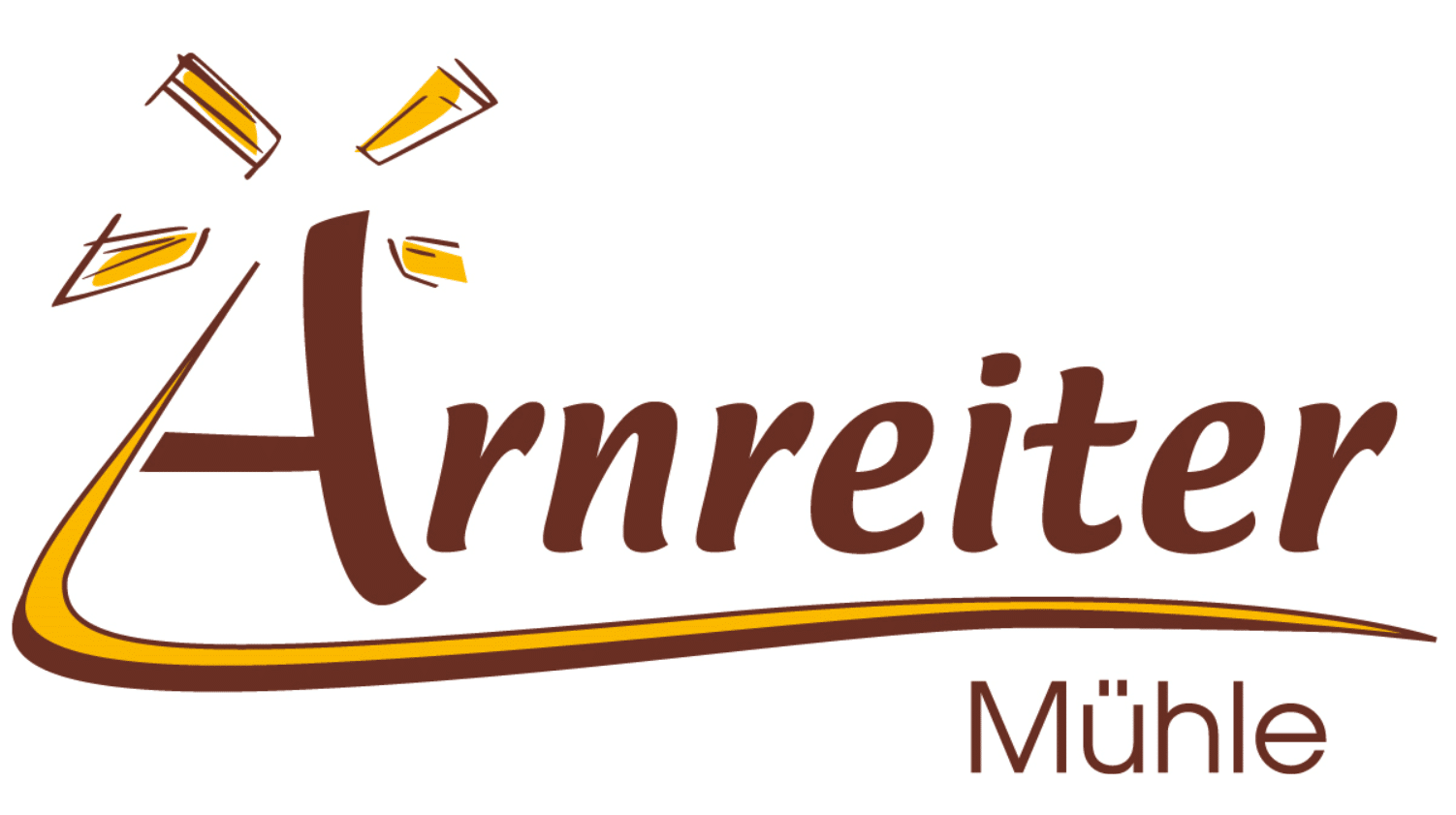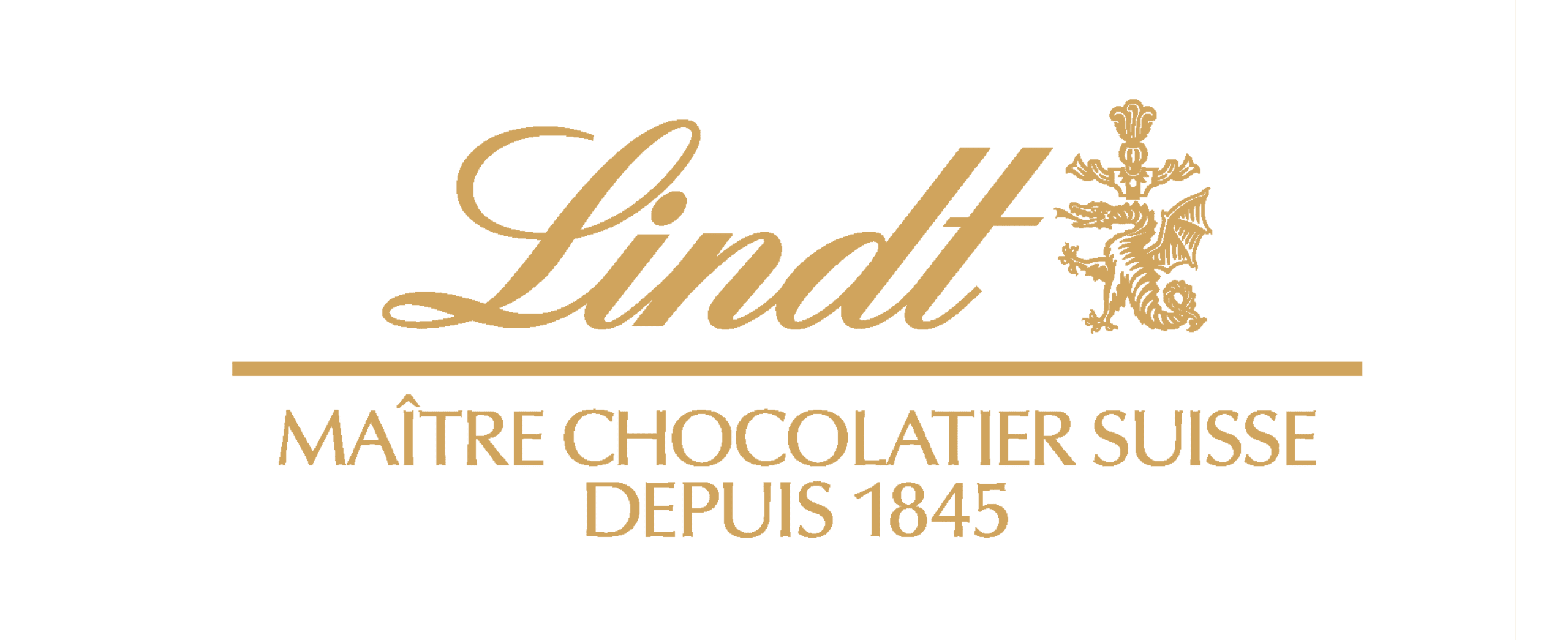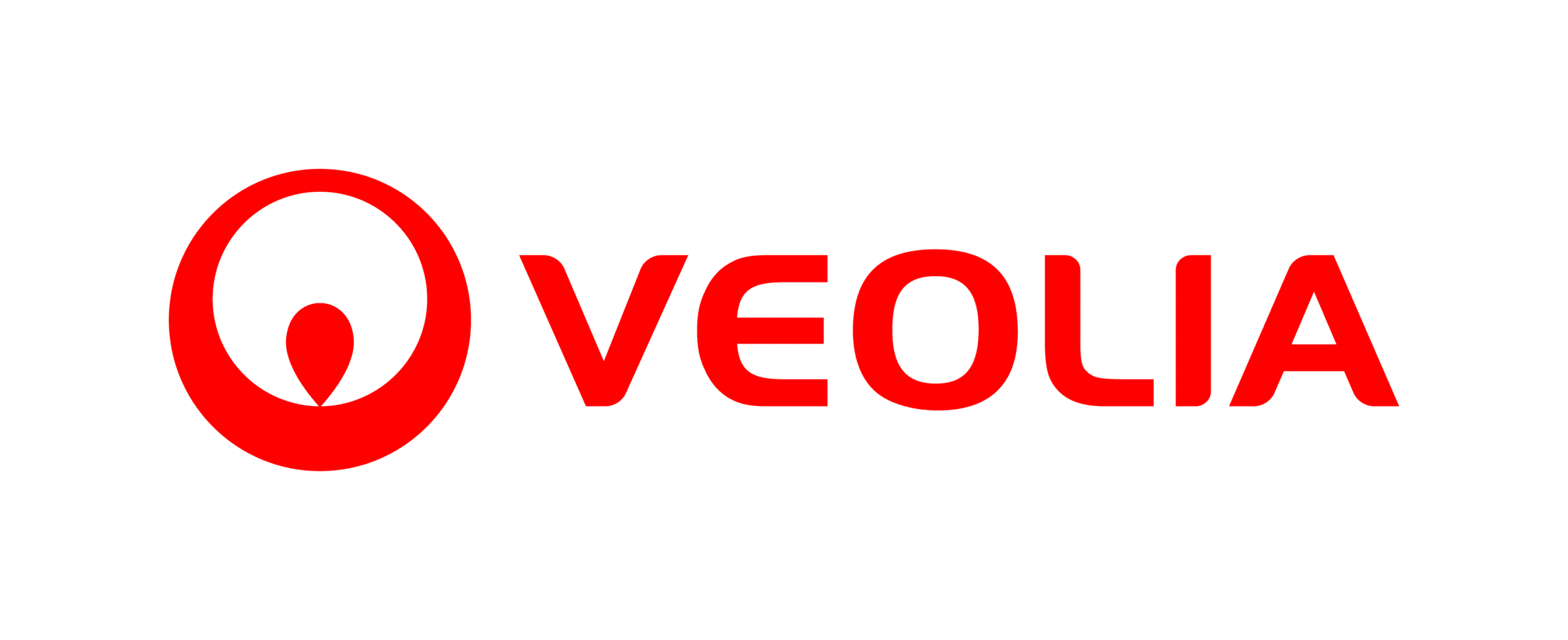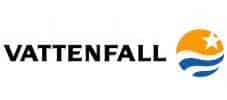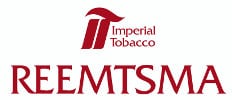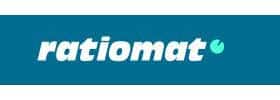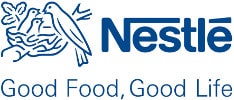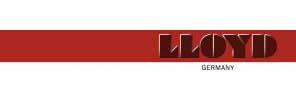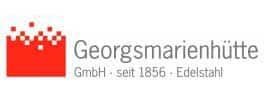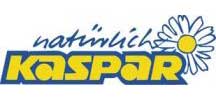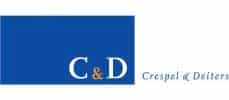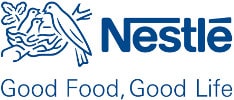Research and Development for a safe Future
In over 30 years, T&B has developed into a company that distributes, installs and services its fire protection systems on five continents, cooperates with agencies and resellers all over the world and is one of the market leaders in preventative fire protection. Our customers include renowned corporate groups and medium-sized companies as well as insurance companies.
In order to always offer customers fire protection systems which comply with the latest technical standard, T&B relied on in-house developments right from the very start. The development of spark, thermal and flame detectors as well as extinguishing systems for water and gas takes place in our Research and Development company division.
A test line with pneumatic conveyor system and filter as well as a test bench for gas extinguishing systems make fire tests possible under realistic conditions. Alongside the tests accompanying the development of new products, the division is responsible for the verification of customer-specific protection concepts and providing training for customers, authorised experts and insurance companies.
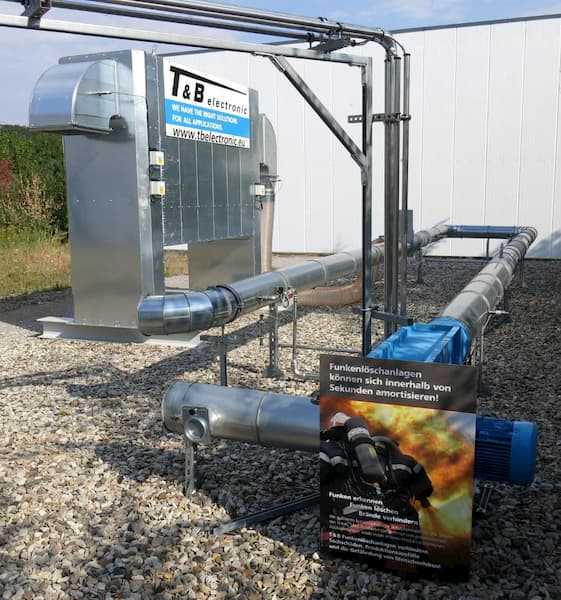
Electronic Development
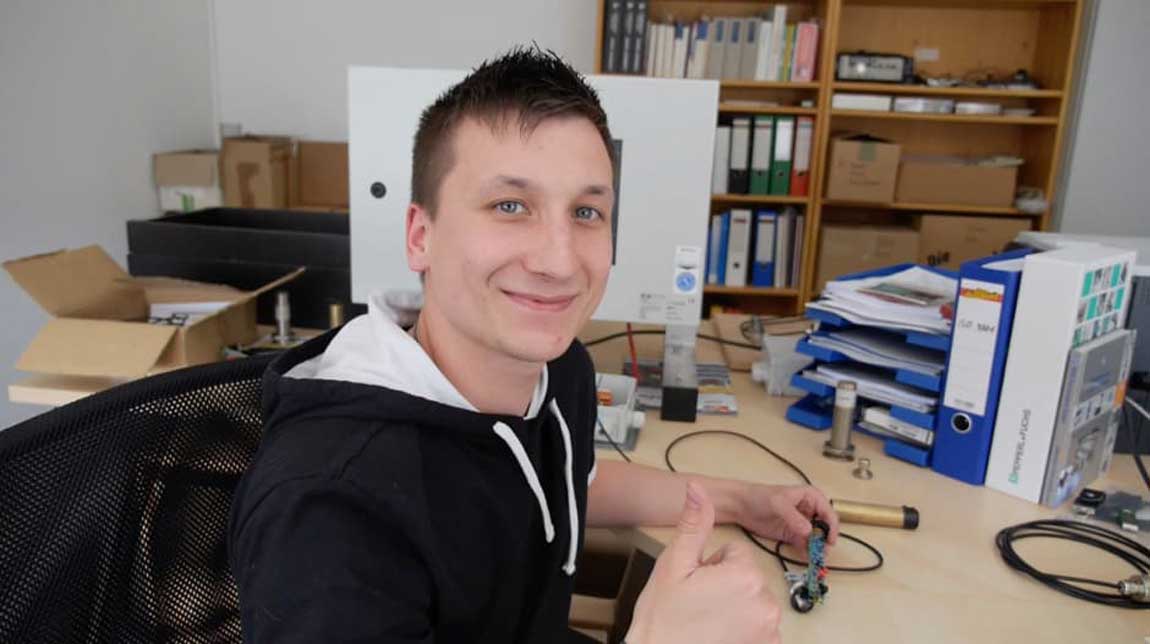
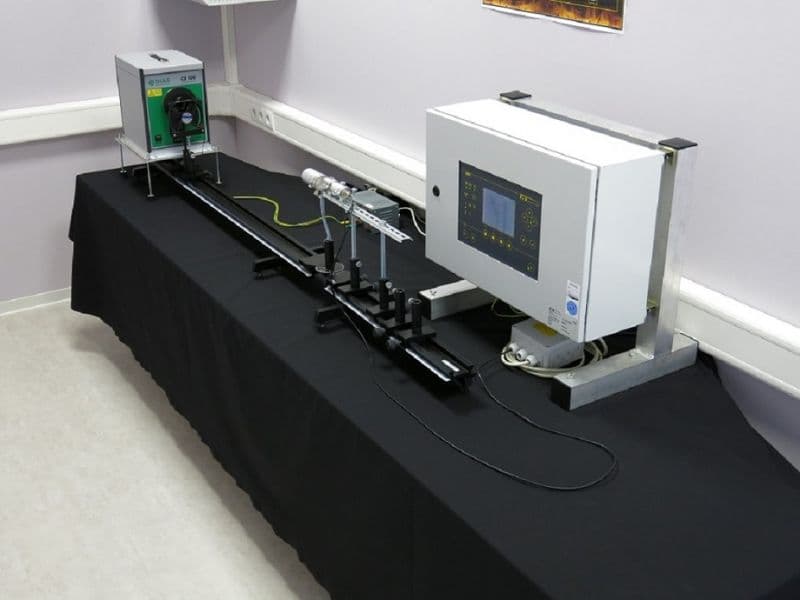
Spark detectors detect particles the radiant power of which corresponds to less than a millionth of the radiation generated by a candle flame. This sensitiveness can only be achieved by relying on high-tech products during the development of sensor technology.
Development of the highly sensitive detectors and alarm systems of the latest generation takes place exclusively on the premises at T&B. Our employees’ know-how in the field of research and development guarantees that the components developed are not only in line with the current technical standard but also fulfil the requirements of VdS.
Working together with VdS, we subject our components to functional tests during development at T&B. These tests guarantee that T&B products are effective and reliable.
Research Field: Water and Gas Extinguishing Systems
The water extinguishing systems department develops innovative extinguishing systems with the objective of optimising the water rate required for extinguishing. For this purpose, extinguishing tests are carried out on our test systems under real conditions using e.g. innovative nozzles or valves. The water rate required by T&B extinguishing systems can thus be reduced to an absolute minimum in line with customer requirements in order to have the least possible impact on production processes.
The gas extinguishing systems department developments extinguishing systems to protect machine tools and filters. Here, argon is consistently used as the extinguishing agent, since it generally does not result in personal hazards, unlike CO2. Our test bench permits us to test the developed components under real conditions and to adapt these to customer-specific requirements.
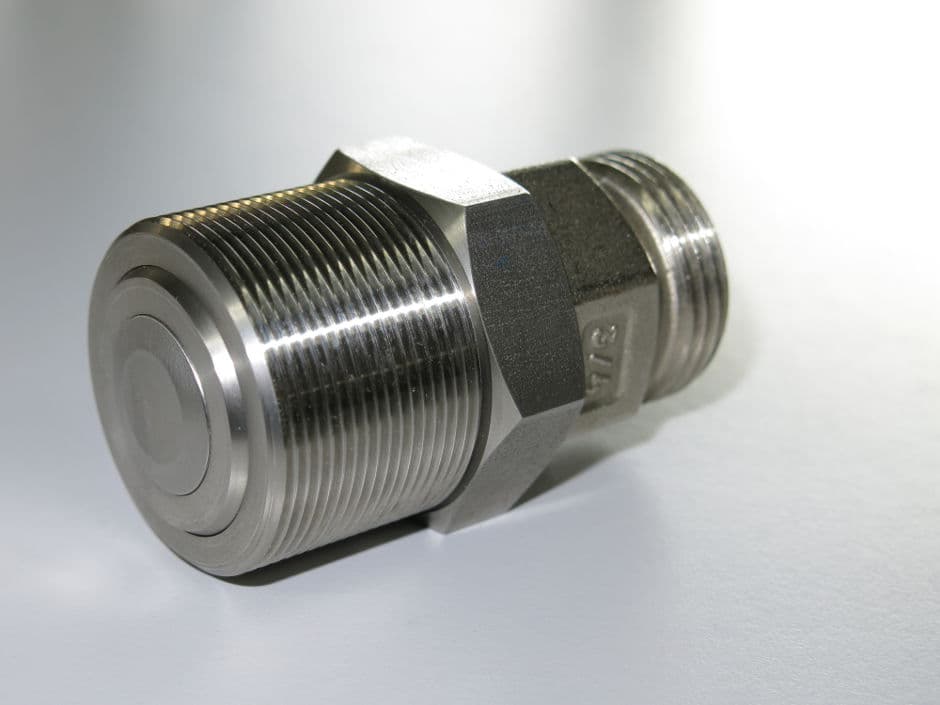
Preperation of Client Specific Fire Protection Concepts

As a service, our development department prepares specific protection concepts on request for our customers; these are matched exactly to the customers’ products. With many of these concepts, it is not sufficient merely to present these theoretically, fire tests are necessary under real conditions. For this purpose, T&B has set up a test facility which makes fire tests possible with water and gas extinguishing systems on an area of 200 square metres.
Our test facility is able to reach conveying speeds of up to 40 m/s. Filter fires can be simulated in the filter with a filter volume of 15 m3 and be extinguished using water or argon.
This puts T&B in a position to test and optimise customer-specific protection concepts under realistic conditions.
Research and Development for Your Safety
Our research group is engaged in testing new extinguishing methods. Their work includes the testing of new extinguishing media as well as the testing of conventional extinguishing agents in terms of their suitability for use with customer-specific or new types of materials.
The test facilities provide the opportunity to carry out all tests under realistic conditions, in other words in the event of a fire.



